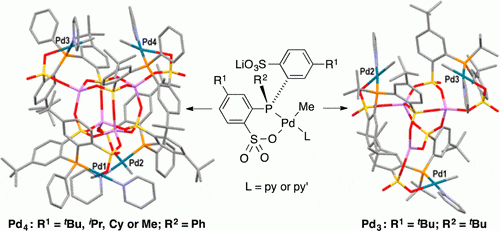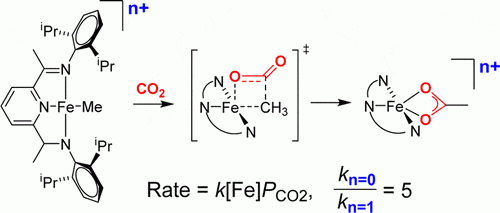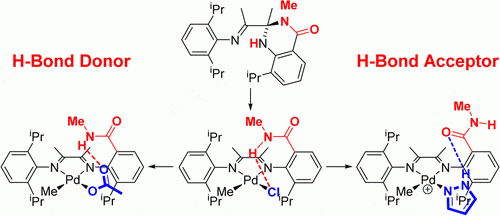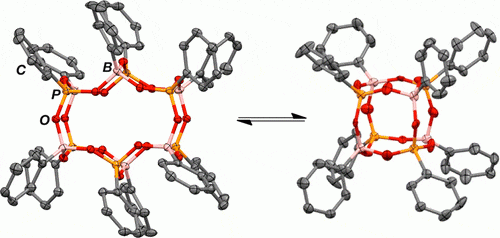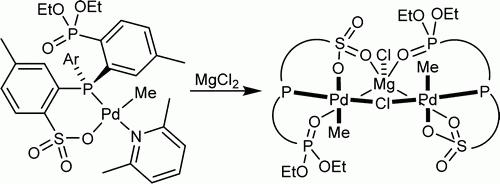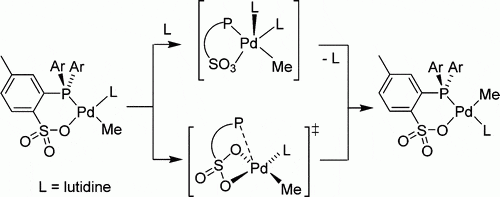Research
Overview
(Updated on 12/6/2016. For our current research interests, please see the publications page.)
Research in the Jordan group is focused on synthetic and mechanistic organometallic chemistry. The central theme of this work is the interplay between the structures and reactivity of organometallic compounds, especially in systems that are relevant to catalysis. We design reactive organometallic complexes for use as practical catalysts and synthetic reagents, and as probes of fundamental mechanistic issues in catalysis. We use a wide range of synthetic and spectroscopic methods for the manipulation and characterization of reactive materials, most notably anaerobic synthesis techniques, NMR spectroscopy, molecular modeling and X-ray crystallography. Our current efforts are focused on four major topics: (i) catalytic olefin polymerization, with an emphasis on the development of electronically unsymmetrical catalysts for the copolymerization of ethylene with polar CH2=CHX monomers, (ii) the self-assembly of multinuclear organometallics for olefin polymerization and small molecule activation, (iii) the conversion of CO2 to value-added products, and (iv) the influence of second-sphere functional groups on the behavior of organometallic catalysts.

